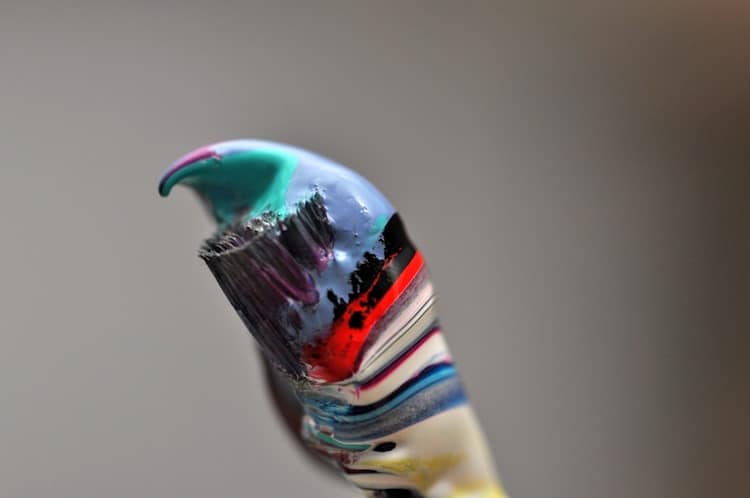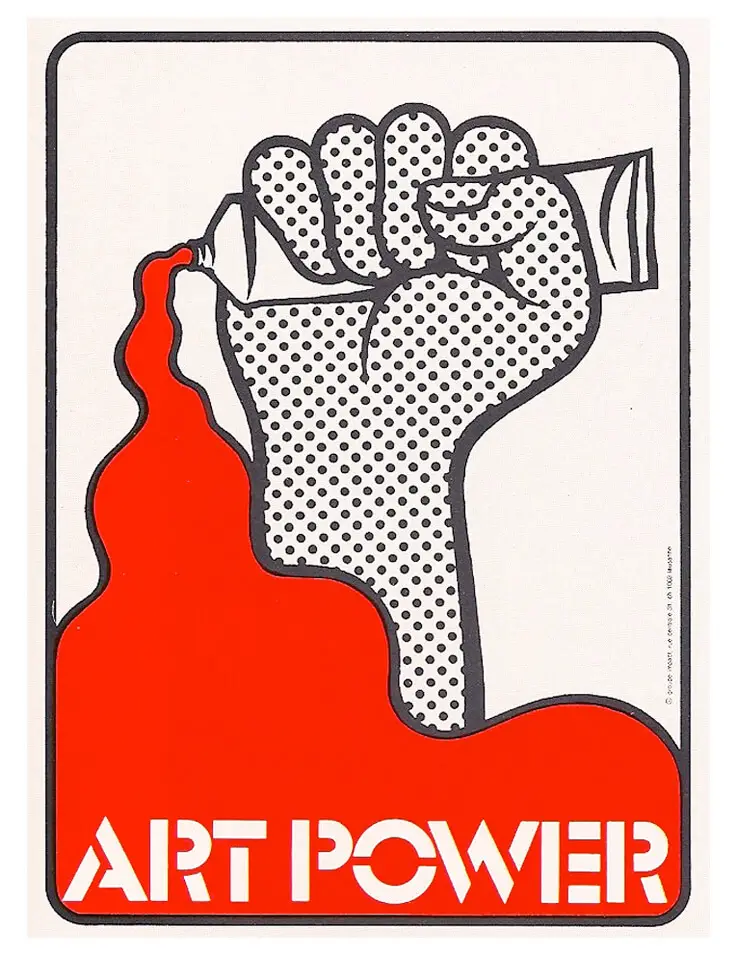Differences Between Acrylic Paints and Oil Paints

The world of painting features a rich variety of hues, methods, and mediums. Acrylic paints and oil paints are two major players in this artistic field. Each caters to various artistic preferences and styles while offering distinctive qualities and opportunities. The differences between acrylic paints and oil paints are explored in-depth in this blog, enabling artists to make educated decisions and elevate their creative expressions.
Acrylic Paints: The Versatile Modern Medium
Composition and Time of Drying:
Pigments are suspended in an emulsion of acrylic polymers in water-based acrylic paints. The quick drying time of acrylics is one of their distinguishing qualities. They dry quickly as a result of water evaporation, allowing artists to build up layers and paint over earlier ones without needing to wait a long time.
Smoothness and Texture:
Acrylic paints are available in a variety of body types, from fluid to heavy. These consistencies’ flexibility enables artists to create a variety of effects, from smooth glazes to impasto textures. Acrylics are a good choice for layering techniques and achieving intricate details due to their quick drying time.
Applications and Flexibility:
Many different surfaces, including canvas, paper, wood, and even fabric, respond well to acrylic paints’ adhesion. Because they are water-based, they can be cleaned up with water easily, negating the need for harsh solvents. Because they work well with other materials, acrylics are frequently used in mixed-media artwork.
Oil Paints: The Time-Honored Tradition
Composition and Time of Drying:
Pigments are suspended in an oil binder, typically linseed oil, in oil paints. Oil paints dry slowly, unlike acrylics, giving artists plenty of time to mix and tinker with the colours on the canvas. Because of the prolonged drying time, artists can work on a piece over several sessions.
Smoothness and Texture:
Oil paints have a buttery consistency that is ideal for blending, layering, and creating seamless colour transitions. The long drying time also enables the creation of delicate edges and gradients, which adds to the luminous appearance frequently associated with oil paintings.
Colour Blending and Depth:
The vibrant colours and rich colour depth of oil paints are well-known. Artists can mix colours directly on the canvas using methods like wet-on-wet because they have a slow drying time. This enables smooth transitions and a variety of colour nuances.
Conventional methods:
Oil paints have a long history and were favoured by the Old Masters because of their capacity for producing intricate details and lifelike renderings. Oil paints have a longer working time, making techniques like glazing and scumbling easier to master.
Choosing Between Acrylic and Oil Paints
Factors to Bear in Mind
Your artistic preferences, preferred painting methods, and practical considerations like drying time and cleanup will all influence your decision between acrylic and oil paints. For artists who like to work more quickly, enjoy layering, and seek versatility across surfaces, acrylics are a good choice. For those who value extensive blending time, desire a luminous finish, and are interested in conventional painting techniques, oil paints are the best option.
Investigation and Fusion
The use of one kind of paint by artists is not constrained. In their works, some artists like to experiment by using both acrylic and oil paints. Due to their speedy drying times, acrylics can be used as an underpainting before being covered in layers of oil paint for effects that are more intricate and nuanced.
Summary
Beyond just pigment and binder, the distinction between acrylic paints and oil paints represents a decision that affects an artist’s entire creative process. While oils offer time-honored traditions, luminous textures, and the luxury of deliberate blending, acrylics offer speed, versatility, and compatibility with contemporary techniques. Both media invite artists to explore, experiment, and discover their distinct voice on the canvas through their respective sets of opportunities. The decision between acrylics and oils as the brush and palette come together becomes a crucial step in the creative process, one that shapes the finished piece stroke by stroke.
Recommend0 recommendationsPublished in Blogs







